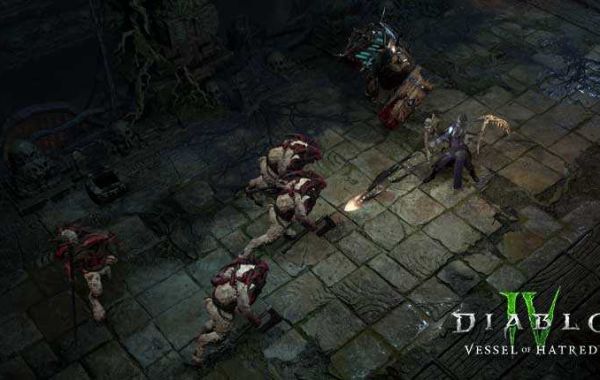Have you noticed unexplained itching or rashes around the office? It’s easy to dismiss these signs, assuming bed bugs are only a problem at home. But offices give these pests plenty of places to hide, and constant human traffic to keep them fed.
On the other hand, a professional bed bug inspection can reveal much more than bite marks, often catching the problem early. Read on to know how early action can protect your workspace and everyone in it.
Why Bed Bugs Are a Growing Problem in Offices
Bed bugs increasingly appear in offices, not just homes or hotels. Employees who move between shared spaces, homes, and public transit can unknowingly carry pests into the workplace. The following factors explain why offices are increasingly at risk:
- Personal belongings like bags and coats can carry bed bugs from infested areas.
- Soft seating and shared furniture offer easy hiding spots that go unnoticed.
- Low-traffic areas such as storage rooms allow bugs to spread quietly over time.
- Visitor traffic and deliveries increase the number of possible introduction points.
Their hiding ability makes it easy for infestations to go undetected until they escalate. Scheduling a bed bug inspection helps catch subtle signs that routine cleaning might miss.
Signs of Bed Bug Activity Beyond Bite Marks
Although bite marks are the most recognized symptom, bed bugs often leave behind other subtle clues—especially in shared office environments where infestations can go unnoticed. The following signs often suggest bed bug activity:
- Fecal spots or dark smudges on chairs, fabric dividers, or carpet edges.
- Shed skins and eggshells in the seams of cushions or behind baseboards.
- A faint, musty odor in enclosed areas, especially when infestations grow.
- Live bugs, minor and reddish-brown, usually hiding in tight cracks or stitching.
- Tiny blood smears on seating surfaces from crushed bugs.
Thus, making bed bug inspection a vital option in recognizing these early indicators helps stop infestation spread.
How a Professional Inspection Reveals More Than Bite Marks
Professional inspection goes beyond surface-level signs. They know where bed bugs hide and use specialized tools to detect hidden activity early. Professionals typically use the following methods:
- Use flashlight and crevice tools to inspect tight spaces such as chair seams, wall junctions, and behind baseboards or artwork.
- Place passive monitors or interception traps strategically to detect movement over time. These tools help confirm whether bed bugs are present even when sightings are rare.
- K9 detection teams use their training to locate the scent of live bed bugs, making them especially useful in large or cluttered offices where visual inspections are more challenging.
- Inspect personal belongings, including employee bags, jackets, or soft-seated furniture, are common transport points for hitchhiking bugs.
An expert inspection helps confirm the presence of bed bugs and guides targeted treatment—before the infestation disrupts your workplace.
Best Practices for Bed Bug Prevention in Office Buildings
Office spaces can unknowingly become bed bug hotspots due to shared seating, frequent visitors, and employee belongings. However, applying the right prevention strategies can reduce the risk significantly. The following steps help limit exposure and support early detection:
- Ask employees to store personal items in sealed containers or designated lockers to prevent hidden transport.
- Vacuum carpets, upholstered furniture, and baseboards regularly, especially in break rooms and meeting areas.
- Avoid bringing in secondhand furniture unless it passes a thorough inspection.
- Choose furniture made with smooth, non-fabric surfaces that are easier to monitor and clean.
- Train maintenance staff to spot signs of bed bugs, including stains, casings, or live insects.
- Schedule a routine bed bug inspection to identify issues early and avoid widespread disruptions.
By implementing these practices, office managers create a safer, cleaner workspace and reduce the chance of an infestation taking hold.
Look Beyond the Bites!
Bite marks aren’t the only clue that bed bugs are present. These pests often hide where you least expect, making early detection challenging without a thorough approach. They can also go unnoticed in office furniture, carpet edges, and shared spaces, allowing infestations to grow quietly over time.
Therefore, a professional bed bug inspection is essential to reveal hidden activity and confirm whether treatment is necessary before the situation escalates. To protect your workspace, contact a reliable bed bug inspection in office buildings and stay one step ahead.








